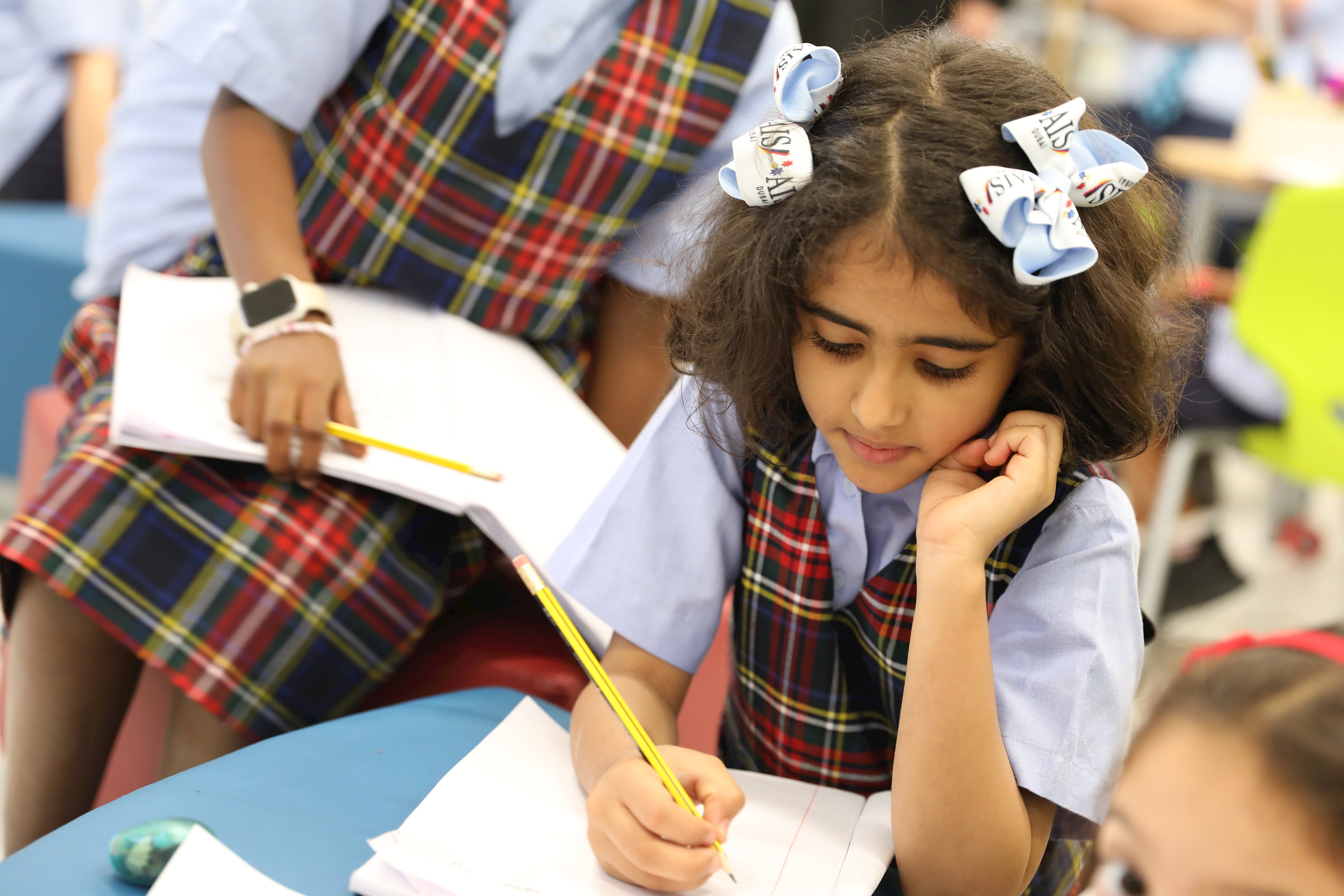AIS Dubai presents outstanding education with a difference. Our students’ journey to success is mapped along a path where the best of the world’s schooling curriculum stands alongside a proud Emirati culture, producing young adults who are not just resourceful global citizens but happy children of proud parents.
Using the innovative Australian Curriculum framework, highly experienced teachers from Australia, Arabic specialists, and a leadership team passionate about delivering exceptional educational and wellbeing outcomes, we have developed AIS Dubai into a school where each child is nurtured and supported to reach for the stars.
At AIS Dubai, the relationship between home and school is viewed as pivotal in a child’s education and is characterised by a supportive partnership and open communication. This is more than simply a place to be educated; it is a strong schooling community filled with a network of families, teachers and staff invested in providing an outstanding, innovative education to happy students.
The three dimensions of the Australian Curriculum include:
- learning areas
- general capabilities
- cross-curriculum priorities
Learning areas
Content descriptors guide our teachers with details on knowledge, skills and understanding to be taught in each year or across a band of years. Achievement standards accompany the content descriptions and describe the results of classroom learning on student knowledge.
The eight learning areas of the Australian Curriculum are:
- English - The study of English is central to the learning and development of all students. It helps create confident communicators, imaginative thinkers and informed citizens. It is through the study of English that individuals learn to analyse, understand, communicate and build relationships with others and with the world around them.
- Mathematics - Mathematics provides students with essential mathematical skills and knowledge in number and algebra, measurement and geometry, and statistics and probability.
- Science - Science provides opportunities for students to develop an understanding of important science concepts and processes, the practices used to develop scientific knowledge, of science’s contribution to our culture and society, and its applications in our lives. It provides an understanding of scientific inquiry methods, a foundation of knowledge across the disciplines of science, and develops an ability to communicate scientific understanding and use evidence to solve problems and make evidence-based decisions.
- Humanities and Social Sciences - (UAE Social Studies) - includes Civics and Citizenship, Economics and Business, Geography and History.
- The Civics and Citizenship curriculum is all about ensuring students have the skills and values to become active and informed citizens. Students will investigate political and legal systems, and explore the nature of citizenship, diversity and identity in contemporary society.
- Economics and business curriculum explores aspects of economics and business that affect daily life. Students will learn about the role that individuals, businesses and governments play in the economy, the way they make decisions about how to allocate resources and the effects of these decisions
- Geography provides opportunities for students to investigate, analyse and explain the characteristics of the places that make up our world
- History provides opportunities for students to investigate Australian and world history. Australian history is to be taught within a world history context. Students develop knowledge, understanding and skills through their study of societies, events, movements and developments. There are opportunities to study the role of individuals and groups and their significance.
- The Arts - students learn how to create, design, represent, communicate and share their imagined and conceptual ideas, emotions, observations and experiences.
- Technologies - draws together the distinct but related subjects of Design and Technologies, and Digital Technologies. It ensures that all students benefit from learning about, and working with, traditional, contemporary and emerging technologies that shape the world in which we live. In creating solutions, as well as responding to the designed world, students will contribute to sustainable patterns of living for themselves and others.
- Health and Physical Education - Integral to Health and Physical Education is the acquisition of movement skills, concepts and strategies that enable students to participate in a range of physical activities confidently and competently. In Health and Physical Education, students develop the knowledge, understanding and skills to support them to be resilient, to develop a strong sense of self, to build and maintain satisfying relationships, to make health-enhancing decisions in relation to their health and physical activity participation, and to develop health literacy competencies in order to enhance their own and others’ health and wellbeing.
- Languages - The organisation of the curriculum addresses the students background in Arabic language by providing a number of pathways and entry points of study to cater for background language learners, first language learners and second language learners.
The Australian Curriculum develops capability in students in developing literacy, numeracy and ICT skills, as well as focusing on critical and creative thinking, personal and social capabilities and ethical and intercultural understanding.
Our goal at AISD is to support our students in becoming well equipped contributors to a global world in the 21st Century.
Please note the Ministry of Education for the UAE also has specific requirements for schools, including the mandatory teaching of Arabic language for all students up Year 9 and Islamic Studies for Muslim students. UAE Social Studies is also a curriculum priority and maps cohesively to the Australian curriculum.
Assessment
Assessment provides an important function within the teaching and learning cycle. It is an ongoing process of gathering, analyzing and reflecting on evidence collected from students to make informed judgments about their achievement and capabilities.
Assessment facilitates feedback to teachers about students’ learning progress, and can also allow students to monitor and evaluate their own learning. Assessment feeds information to teachers about what students know and can do, as well as their strengths, learning needs and achievements.
At AIS Dubai we utilise a range of assessment types that provide different information to teachers and students at different points throughout the teaching and learning cycle. Formative assessment is used for ‘feed forward’ information for students (what do I need to do to improve?), and is an important phase of the teaching and learning process. In contrast, summative assessment is used to evaluate student performance against standards to ‘feedback’ information to students (how did I do?).
Students at AIS Dubai receive 3 report cards across the school year - an interim report in Term 1, and a semester report at the mid point of the academic year and the end of the academic year.
Standardised assessment is also used at AIS Dubai from Year 1 through to Secondary School. As part of the Ministry of Education requirements, AIS Dubai students participate in international standardised benchmark testing, TIMSS, PISA, Acer and GL suites of testing.
Australian Curriculum - an overview for parents outlines how the Australian Curriculum is organised, the learning areas and general capabilities.





